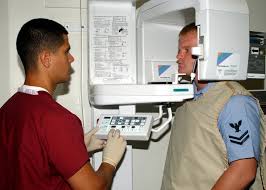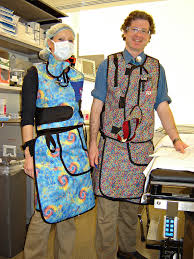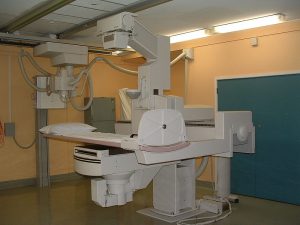Personal Radiation Monitoring Devices: Features and Safety Issues

National regulations determine whether healthcare providers who work in radiology departments require radiation monitoring. In some countries it is mandatory for all personnel exposed to radiation to wear dose-monitoring badges. If individual monitoring is not mandatory, it may be useful to monitor the workplace by placing a dosimeter at a point of interest such as the operator’s position during the image acquisition. In addition, special precautions may be necessary for pregnant workers. Are you monitoring your radiation exposure at work? Do you know the correct way to use your radiation monitoring device? Read about the features of personal radiation monitoring devices used by radiologic technologists.




